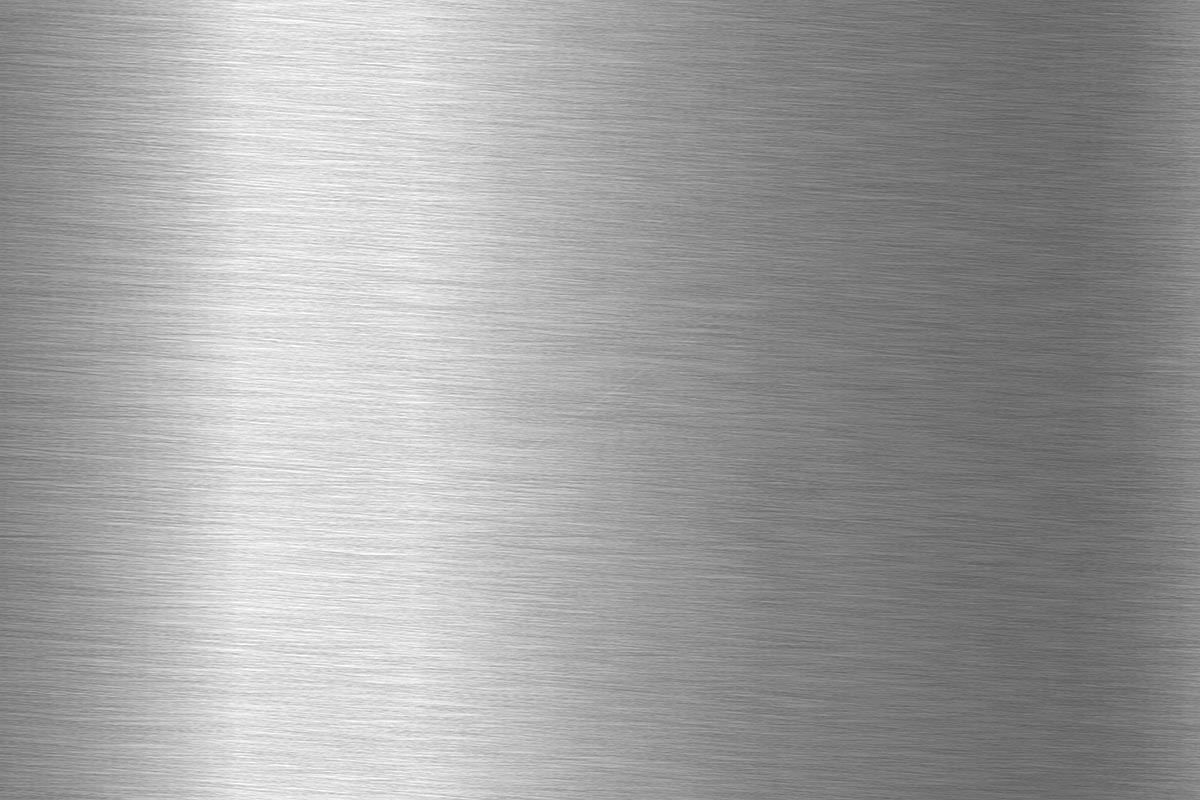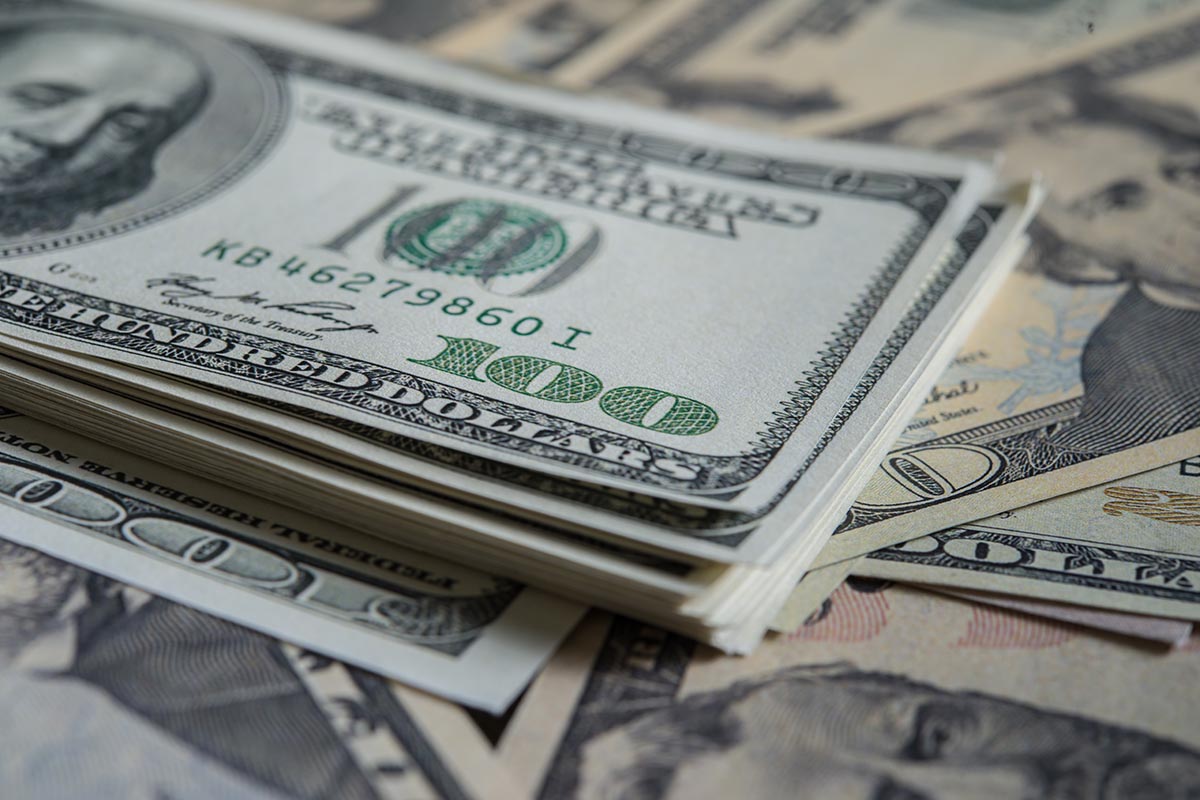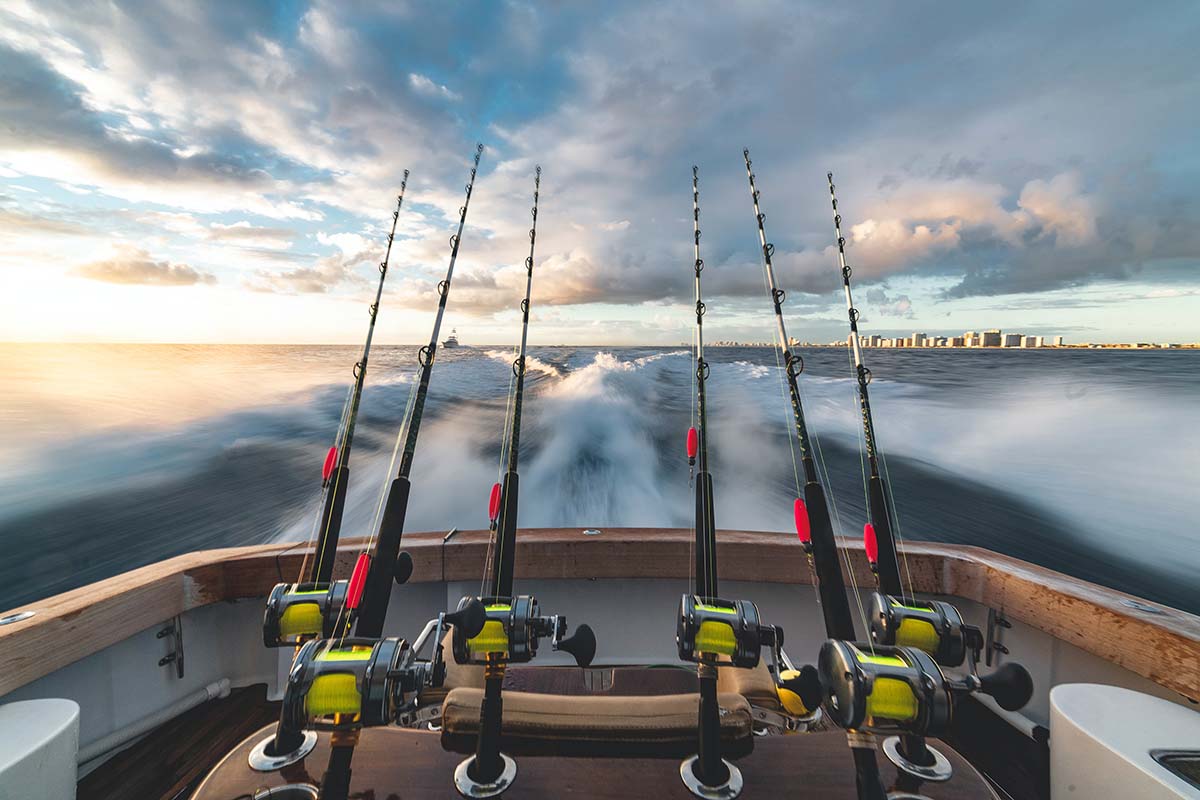“Spring Steel” / “Stainless Steel”: Everything You Need to Know About
One of the most basic components that are used in almost all machinery is spring steel.
Spring steel is another name given to springs that are made from steel.
There are different kinds of spring steels available in the market, and this article has been carefully crated to help you understand all these facts.
Without further ado, let us begin:
Difference between Spring Steel & Stainless Spring Steel
Steel is sub-divided into two types: normal Spring Steel and Stainless Spring Steel.
The only real difference between the two types is the fact that stainless steel springs usually contain Nickel, while normal steel is an alloy of usually Carbon, Manganese and Silicone.
Stainless Steel is less hard than normal steel and is useful in several situations.
Here are some types of steel that you should know about:
AISI 301
AISI 3031 stainless steel is the most common stainless steel available in the market.
Not only does it offer excellent corrosion resistance, but it can also survive high temperatures – usually up to 550 °F or 288 °C.
AISI 301 spring steel contains 16 to 18% Chromium – which is one of the defining features of any stainless-steel alloy.
Stainless steel does not corrode because of Chromium.
This steel also contains 8 to 10% Nickel, a very common element in all steel elements.
A minimum tensile strength of psi x 103 240-270 shows that ANSI 301 steel is not built for big machines.
On the Rockwell hardness scale, AISI 301 steel ranks a maximum score of 52, which is pretty sturdy.
It is also known by many other names, such as UNS S30100, ASTM A1666, AMS 5517, AISI 310, SAE J230, QQ-S-766, and AMS 5519.
AISI 302
AISI 302 spring steel is an extremely tough stainless-steel alloy. It is made of 17-19% Chromium, 8 to 10% Nickel, and offers a staggering hardness of Rockwell hardness scale of 45.
Just like AISI 301 spring steel, this allows can survive temperatures up to 550 °F or 288 °C.
The selling point of steel is the fact that it is one of the few non-magnetic stainless sheets of steel available in the market that are sold in big numbers.
It can also not be made harder by reheating or adding more elements.
In fact, the hardness of the steel increases by decreasing the temperature of the working environment.
Heating is used to change the physical and mechanical properties of the steel.
It is ideal steel that is used to make custom flat springs.
AISI 302 stainless steel is also used to make stampings, coverings for foods and beverage, pressure-containing devices and so on too.
More known names of the steel are UNS S30200, ASTM A666, AISI 304, AMS 5515, AMS 5516, QQ-S-766, SAE J230, and AMS 5513.
Conclusion
We hope that this guide helped you understand the difference between steel, and the two most popular stainless spring sheets of steel in the market right now.



















